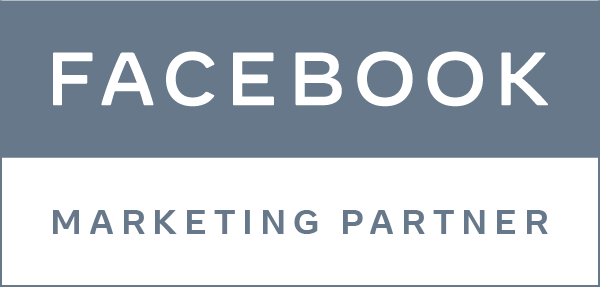In an increasingly digital world, web usability is the key to an effective and satisfying user experience. From intuitive navigation to accessibility, creating an online environment that prioritizes usability is essential for the success of any web project.
The Importance of the First Online Impression
The online first impression is crucial, with usability playing a pivotal role in this process. Users decide within seconds whether to stay on a site based on their initial browsing experience. Ensuring a clear, easy-to-understand, and quickly navigable interface is fundamental to captivating visitors from the start.
Intuitive Navigation and Logical Structure
Intuitive navigation is a fundamental element of web usability. Users should be able to move through the site logically, finding desired information effortlessly. The site’s structure should reflect the natural organization of information, providing a cohesive and intuitive browsing journey.
Responsive Design: Adapting to Different Devices
In a world where device diversity is the norm, responsive design is essential. Ensuring that the site’s content harmoniously adapts to different screen sizes and devices guarantees a consistent experience for all users. Responsive design not only facilitates usability but also contributes to SEO and user satisfaction.
Accessibility: Making the Web Inclusive for All
Web usability must be synonymous with accessibility. Ensuring that the site is accessible to everyone, regardless of visual, motor, or cognitive impairments, is an essential commitment. Practices such as appropriate image descriptions, color contrast, and simple structures contribute to an inclusive and positive experience for all users.
Usability Testing: The Key to Continuous Improvements
Successful implementation of web usability requires an ongoing approach of testing and improvements. Conducting usability tests, where real users interact with the site, provides valuable insights into areas of improvement. Analyzing user feedback and adjusting the design based on this data contributes to continuous evolution and an ever-improving user experience.
Loading Speed: A Critical Element
The site’s loading speed is a critical factor in usability. Modern users expect sites to load quickly, and sluggishness can result in frustration and abandonment. Image optimization, efficient code usage, and reliable hosting are essential elements to ensure a fast and smooth loading experience.
Security and Trust: Inseparable Elements of Usability
User trust is intrinsically linked to security. Ensuring that the site is secure, with appropriate security protocols, SSL certificates, and robust data protection practices, contributes to a secure user experience. Trust is a vital component of web usability, influencing the user’s decision to stay and interact.
Conclusion: Usability as a Competitive Differentiator
In a saturated digital landscape, web usability stands out as a competitive differentiator. Prioritizing the user experience through intuitive navigation, responsive design, accessibility, and security not only captivates visitors but also builds a solid foundation for long-term success. Ultimately, web usability is not just a recommended practice; it is the essence of providing a quality and sustainable online experience.









